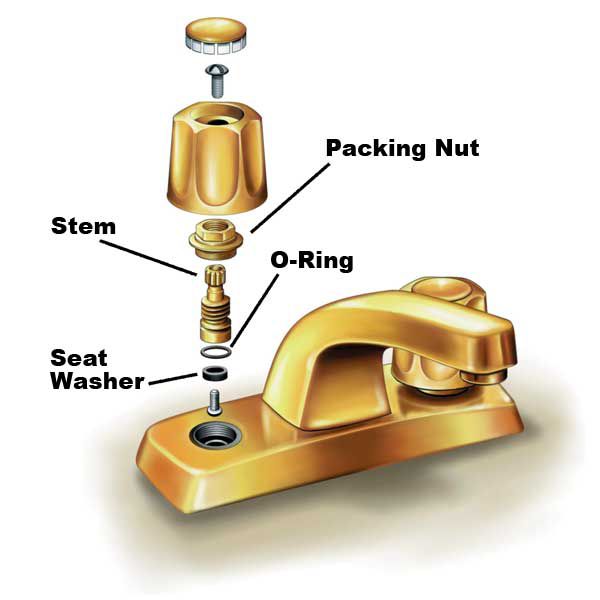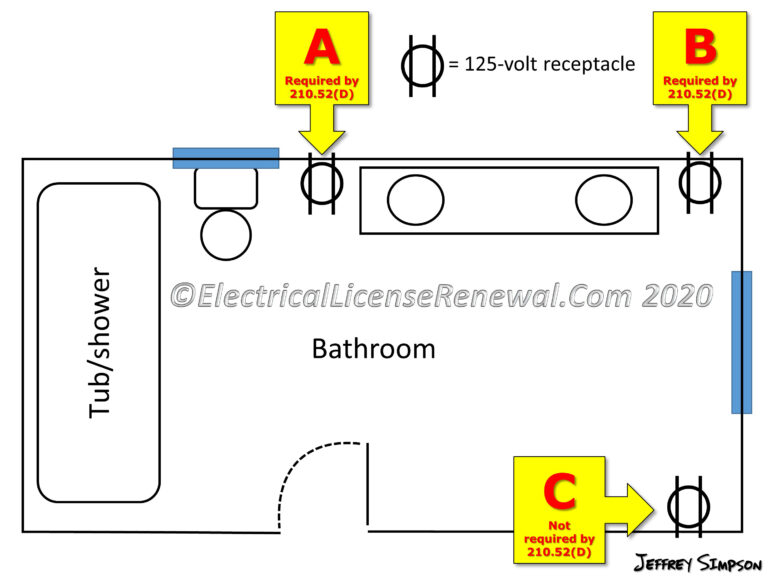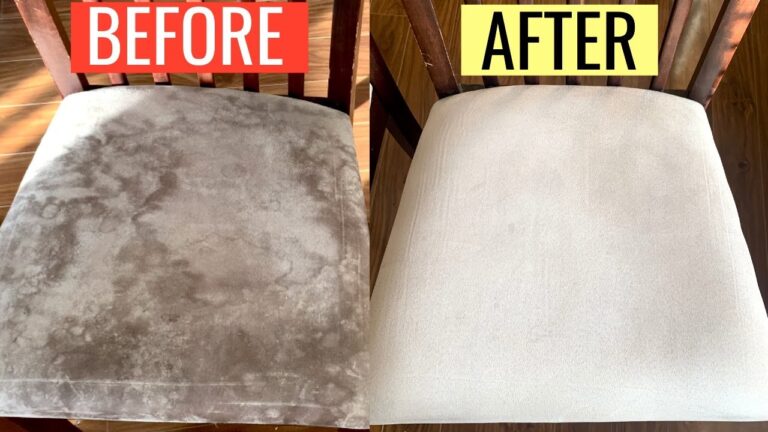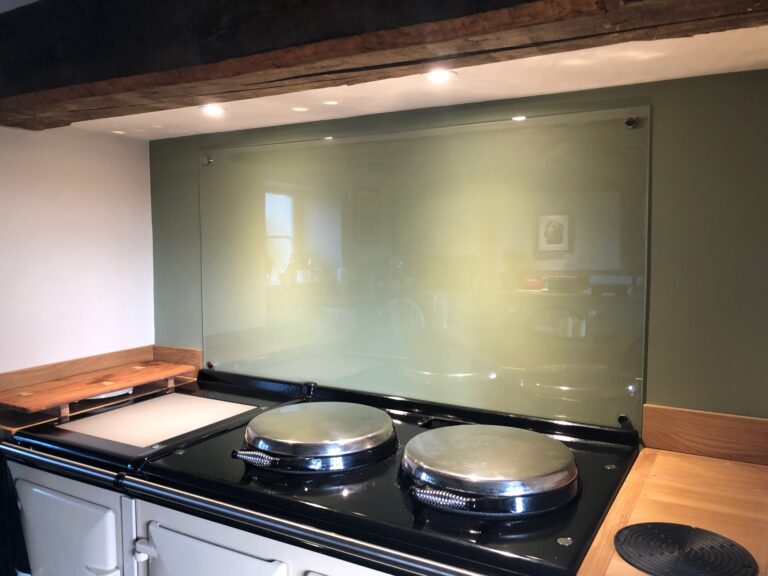Is It Safe To Use Self-clean On Oven?
Using a self-clean cycle on your oven can be a convenient way to clean up spills and messes without using harsh chemicals or scrubbing. However, it’s important to understand the safety risks associated with the self-clean cycle before using it. Knowing the proper precautions and how to use the oven’s self-cleaning process correctly can help you avoid potential risks and keep your oven in good condition.
What is Self-clean Oven?
Self-clean ovens are a convenient and efficient way to keep your oven clean and free of baked-on grease and grime. Self-cleaning ovens use high temperatures to burn off food residue, which makes it easier to wipe your oven clean without harsh chemical cleaners. Self-cleaning ovens are typically found on electric ovens, however, some gas ovens are available with this feature as well. The process usually takes 3-6 hours, during which time the oven will become very hot and it is not recommended to use it for cooking. It is important to note that self-cleaning ovens should not be used for extended periods of time as it can cause damage to the oven. Additionally, some materials may be damaged in the high temperature environment. For these reasons, it is important to ensure that your oven is safe to use with a self-cleaning cycle.
What Does Self-clean Do to Your Oven?
Self-clean ovens have been around for decades now, inducing a sigh of relief for many home chefs. But how exactly do these ovens work and is it safe to use the self-clean cycle?
When you select the self-clean cycle, the oven will reach temperatures of up to 900 degrees Fahrenheit. This high heat will cause any and all of the grime to liquify and burn off. The oven will also remain locked during this cycle, ensuring that you are not exposed to the high temperatures.
However, self-clean ovens also use a lot of energy to reach these high temperatures. Additionally, some older models of self-clean ovens may not be able to reach the necessary temperatures, leaving your oven still covered in grime. For this reason, it is important to double check your oven manufacturer’s guidelines before using the self-clean feature.
The most important thing to remember when it comes to using the self-clean cycle is safety. If you follow the manufacturer’s instructions, the self-clean cycle should be a safe and reliable way to keep your oven in top condition. However, if you do have any doubts or concerns, it is always best to contact your oven manufacturer for further advice.
Benefits of Using Self-clean
On Oven
Using the self-clean feature on an oven is a great way to keep your oven clean without having to put in a lot of effort. This feature helps to quickly reduce grease and grime, while also preventing the buildup of food particles. Self-cleaning ovens use high temperatures to burn off any debris, leaving your oven looking like new. There are several benefits to using the self-clean feature on an oven, including:
1. Convenience: One of the main benefits of using the self-clean feature is the convenience it provides. With just the push of a button, your oven can be quickly and easily cleaned. This allows you to spend more time doing other tasks, such as prepping meals or socializing.
2. Efficiency: Self-cleaning ovens are far more efficient than traditional oven cleaning methods. By using intense heat, the self-clean feature is able to quickly and effectively burn off any grease or debris, leaving your oven sparkling clean in no time.
3. Safety: Self-cleaning ovens use a special coating that prevents the oven surfaces from becoming too hot during the cleaning process. This prevents any potential damage that could be caused by the intense heat of the self-cleaning cycle.
Overall, using the self-clean feature on an oven is a great way to keep your oven clean with minimal effort. Not only is it convenient and efficient, it also provides an added layer of safety for your oven.
Risks of Using Self-clean
On Oven
Ovens are great for cooking up tasty treats, but they can also be a source of danger. Using the self-cleaning feature on an oven can be a great convenience, but it can also come with risks. Self-cleaning ovens use high temperatures to burn off food residue and grease, and they can create a fire hazard and emit hazardous fumes. Before using the self-cleaning feature on an oven, it is important to understand the risks and take the proper precautions.
Self-cleaning ovens can reach temperatures of up to 900 degrees Fahrenheit. This can cause a fire hazard if the oven is filled with combustible materials, like paper or cardboard. The high temperatures can also cause the oven to smoke, which can spread hazardous fumes throughout the home. Additionally, it can cause the oven to overheat, potentially leading to a short circuit or other damage.
When using the self-cleaning feature on an oven, it is important to check for combustible materials, clean the oven of excess grease, and ensure that the oven is properly ventilated. Additionally, it is important to ensure that the oven is not overloaded with food residue, as this can cause the oven to overheat. Finally, it is important to check the temperature of the oven after the self-cleaning cycle is complete to make sure it is not too hot.
Though self-cleaning ovens can be a great convenience, it is important to understand the risks and take the necessary precautions. By taking the time to do a proper safety check and understanding the risks, using self-cleaning on an oven can be a safe and efficient way to keep your oven clean.
:max_bytes(150000):strip_icc()/before-you-use-your-ovens-self-cleaning-cycle-FT-BLOG1220-320011bd241242f49df742c349d1f6af.jpg)
Tips for Safe Use of Self-clean Oven
s
Self-clean ovens are a great way to save time and energy when it comes to cleaning your oven. But it’s important to understand the risks involved with using a self-clean oven. In order to use a self-clean oven safely, it’s important to know the proper techniques and safety protocols.
Before using a self-clean oven, you should make sure it is properly vented and that the interior is clean. This will help prevent smoke and fumes from building up in the oven while it is in use. You should also make sure that all oven racks are removed, and that any food residue is wiped away.
When using a self-clean cycle, the oven will reach a very high temperature, which can be dangerous if you are not careful. Make sure to keep children or pets away from the oven while it is in use. If you have a gas oven, ensure that the gas line is turned off before beginning the cycle.
It’s also important to check the manufacturer’s instructions when using a self-clean oven. This will help you understand the length of time the cycle should run and the temperature it should reach. It’s best to avoid using a self-clean cycle more than once every three months, as doing so can damage the oven.
Finally, make sure to keep a fire extinguisher near the oven in case of emergencies. If you follow these tips, you can safely use a self-clean oven to save time and energy and keep your kitchen clean.
Alternatives to Self-clean Oven
Self-clean ovens are incredibly convenient and can save time and effort when it comes to cleaning. While the self-clean feature is generally safe to use, there are some risks associated with it, such as smoke and odors. Therefore, many people choose to explore alternative cleaning methods to get rid of dirt and grease.
One of the most popular alternatives to self-clean ovens is using a steam cleaner. This method is chemical-free and uses steam to loosen dirt and grease from the oven walls and racks. The steam is safe for use on all types of oven surfaces, and it is usually odorless and free from smoke.
Another alternative to self-cleaning ovens is using a baking soda paste. Baking soda is a natural abrasive that can help to remove dirt and grease. Simply mix baking soda with water to create a paste, and then spread it over the oven surfaces. Leave it for about an hour, and then wipe it off with a damp cloth.
Finally, many people opt for a good old-fashioned scrubbing. Use a sponge or soft cloth to wipe away dirt and grease. You can also use a mild detergent to help break down grease and dirt. After scrubbing, use a damp cloth to wipe away any residual residue.
No matter which method you choose, it is important to keep your oven clean and safe. Self-cleaning ovens are convenient, but the risks associated with them make exploring other methods worthwhile. From steam cleaners to a good old-fashioned scrubbing, there are a variety of alternatives to self-clean ovens that can help you maintain a clean and safe oven.
Cleaning Solutions Safe for Oven Use
Using the self-clean feature on an oven can be a great way to save time and effort on cleaning, but if not done properly, it can also be dangerous. It’s important to understand the risks associated with using this feature and the best cleaning solutions to use for ovens.
Most ovens have a self-clean option that uses high temperatures to burn off food and grease residue. While this can be a great way to clean your oven quickly, it can also be dangerous if not done properly. The high temperatures can cause a fire if the oven is not properly ventilated, and the fumes can be toxic.
When using the self-clean feature, make sure to follow the manufacturer’s instructions and use the correct cleaning solutions. For safety, use a baking soda and water paste to scrub away caked-on residue before self-cleaning. For a more effective clean, use a specialized oven cleaner designed for use with high temperatures. These cleaners are usually available in aerosol cans and are designed to break down grease and residue without the need for scrubbing.
It is also important to keep the oven door and vents clear at all times. This will help to ensure that the oven is properly ventilated and reduce the risk of fire or fumes. When in doubt, it is best to consult with a professional before using the self-clean feature on an oven.
By understanding the risks associated with using the self-clean feature and using the correct cleaning solutions, oven owners can keep their ovens clean and safe.
Final Thoughts
When it comes to deciding whether or not to use the self-clean feature on your oven, it is important to consider the pros and cons. Self-cleaning ovens are convenient and can save you time and effort, but they can also be dangerous if not used correctly. Before making a decision, make sure to read your oven’s instruction manual and consult with a professional if necessary. Additionally, regular cleaning and maintenance can help to ensure that your oven remains in top condition and safe to use. Overall, using the self-clean feature of your oven is a personal decision, but doing your research beforehand can help to ensure that both you and your oven remain safe.
FAQs About the Is It Safe To Use Self-clean On Oven?
Q1: What are the risks associated with using self-clean on an oven?
A1: Self-clean on an oven can cause the oven to overheat and may result in damage to the oven or even a fire. There is also the risk of carbon monoxide poisoning due to the high temperatures involved.
Q2: Should I remove all food and items from the oven before using the self-clean feature?
A2: Yes, it is recommended that all food and items should be removed from the oven before self-cleaning. This is to avoid any possible damage to them due to the high temperatures involved.
Q3: Are there any special precautions I should take when using the self-clean feature on my oven?
A3: Yes, it is important to ensure that the oven is well ventilated and that the area around the oven is clear of any combustible materials. Additionally, it is important to not leave the oven unattended while it is self-cleaning.
Conclusion
The answer to this question is yes, it is safe to use self-clean on an oven. This feature helps to break down food and grease build up in the oven, making it easier to clean. Self-clean also helps to reduce the risk of a fire by burning off the food and grease. However, it is important to follow the manufacturer’s instructions carefully when using the self-clean feature to avoid any potential risks.





